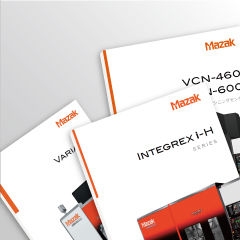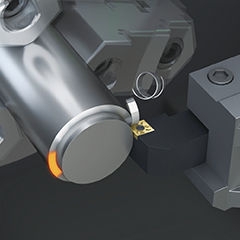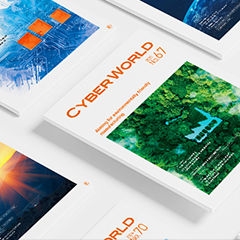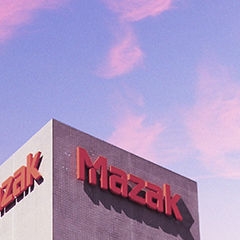Shop Takes Big, Bold Machine Approach to Manufacturing Success
At the onset of business with its now key machine tool supplier, R-Tech Tool & Machine in Wamego, Kansas, kicked off the relationship the complete opposite way most other shops would have done. Instead of a conservative start with maybe smaller, moderately priced technology, the shop purchased, in the words of Doug Routh, president of R-Tech, “the biggest and baddest machine” the supplier offered. He then worked his way down to eventually acquire several standard-size pieces of equipment as well.
This unconventional strategy is one that has worked extremely well for the 25-year-old shop that has grown into one of a heavy equipment OEM’s most dependable machined-parts suppliers. In fact, R-Tech is located so close to this major manufacturer of construction and mining equipment that both parties benefit in terms of logistics, delivery times and cost effectiveness.
The big machine that spurred major growth for R-Tech was a huge double-column bridge mill machine with twin table changing and multiple machine heads for its spindle. This machine then gave way to the installation of multiple horizontal machining centers within a fully automated flexible manufacturing system (FMS), several full 5-axis turning centers and, most recently, a small-footprint turning center with milling capability.
Routh has never regretted the decision to go big first with the shop’s machine tools. The big machine gives R-Tech a competitive advantage and has even helped win it new work. Plus, according to Routh, “we can always do smaller parts on a big machine if need be, but we don’t have the option to cut big parts on small machines. With that said, our bigger machines have also become the backup plan for our smaller work. We can set up the bridge machine, for instance, with multiple smaller parts on both its tables, and it will run them all unattended.”
And because of its big bridge machine, R-Tech is currently one of the only shop’s in the area with such large-part-machining capacity. The machine also cuts all the shop’s part-welding fixtures that are naturally bigger in size than the large parts they hold for welding.
The shop’s double-column bridge machine is a VERSATECH V-140N from Mazak, as are the two HCN-6000 Horizontal Machining Centers in the shop’s 32-pallet fully automated Mazak PALLETECH System. Within that FMS, a rail-guided robot loads and unloads the machines to keep them running unattended and lights out overnight. The shop’s full 5-axis machines are Mazak INTEGREX i-200 and INTEGREX e-420H Multi-Tasking Machines, while the smaller turning machine is a Mazak QUICK TURN 200M Turning Center with Multi-Tasking capability.
The shop’s VERSATECH V-140N has machined parts measuring 12-ft wide by 20-ft long by 6 ft in height and cut all five sides of them. The machine’s two-table changing capability makes setup time at R-Tech inconsequential. While the machine works uninterrupted on one table full of parts, operators can either load or unload the second table that’s outside the machining area.
With a spindle head that positions vertically, horizontally and at any angle in between, the VERSATECH V-140N delivers unsurpassed performance and productivity in the machining of very large workpieces. The head performs 5-axis multi-face machining in single setups to significantly reduce R-Tech’s large-part handling and repositioning while also boosting cutting accuracy.
“Customers do not pay for set up time,” said Routh. “You have to do everything in your power to either accomplish them as quickly as possible or remove them from the equation all together.”
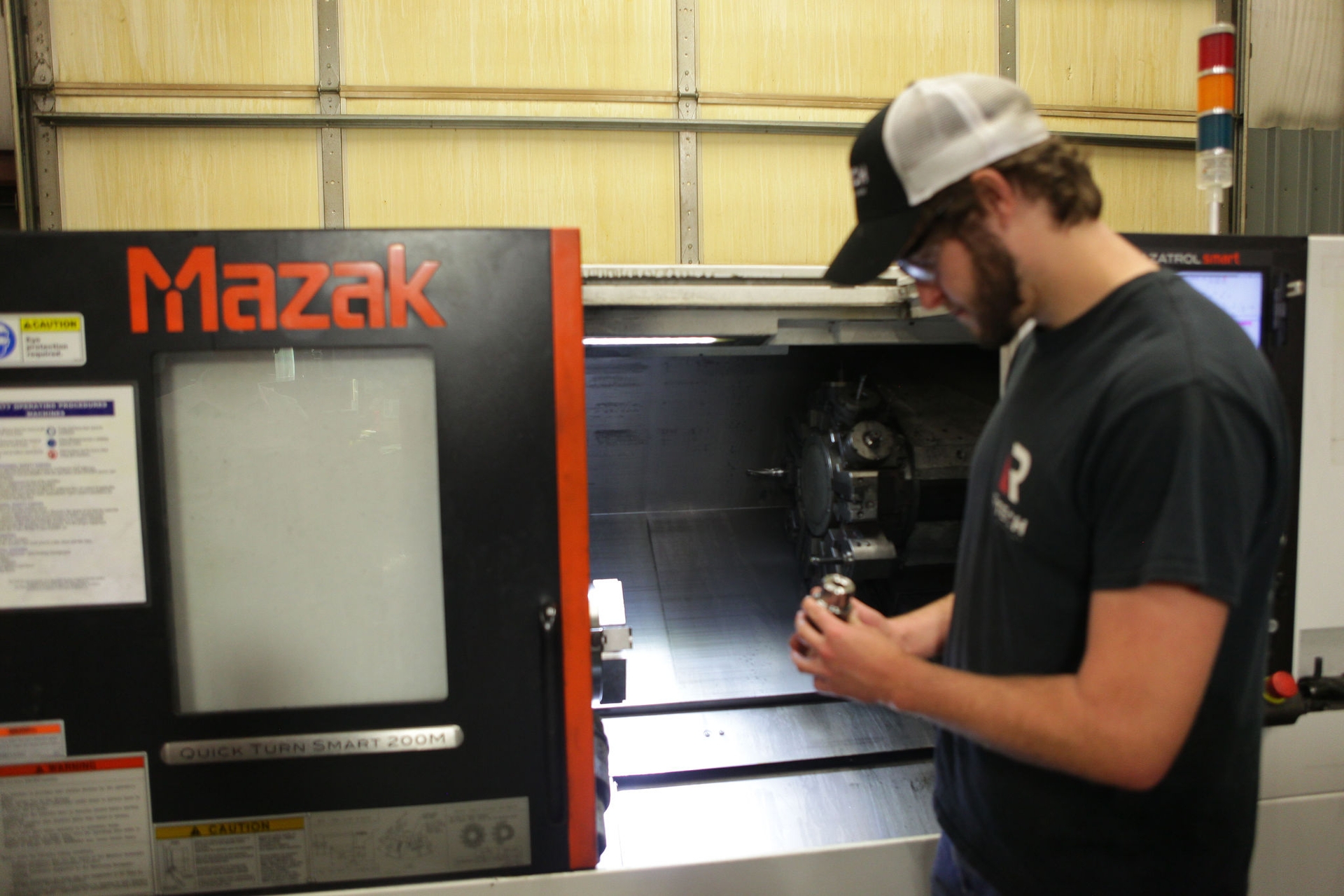
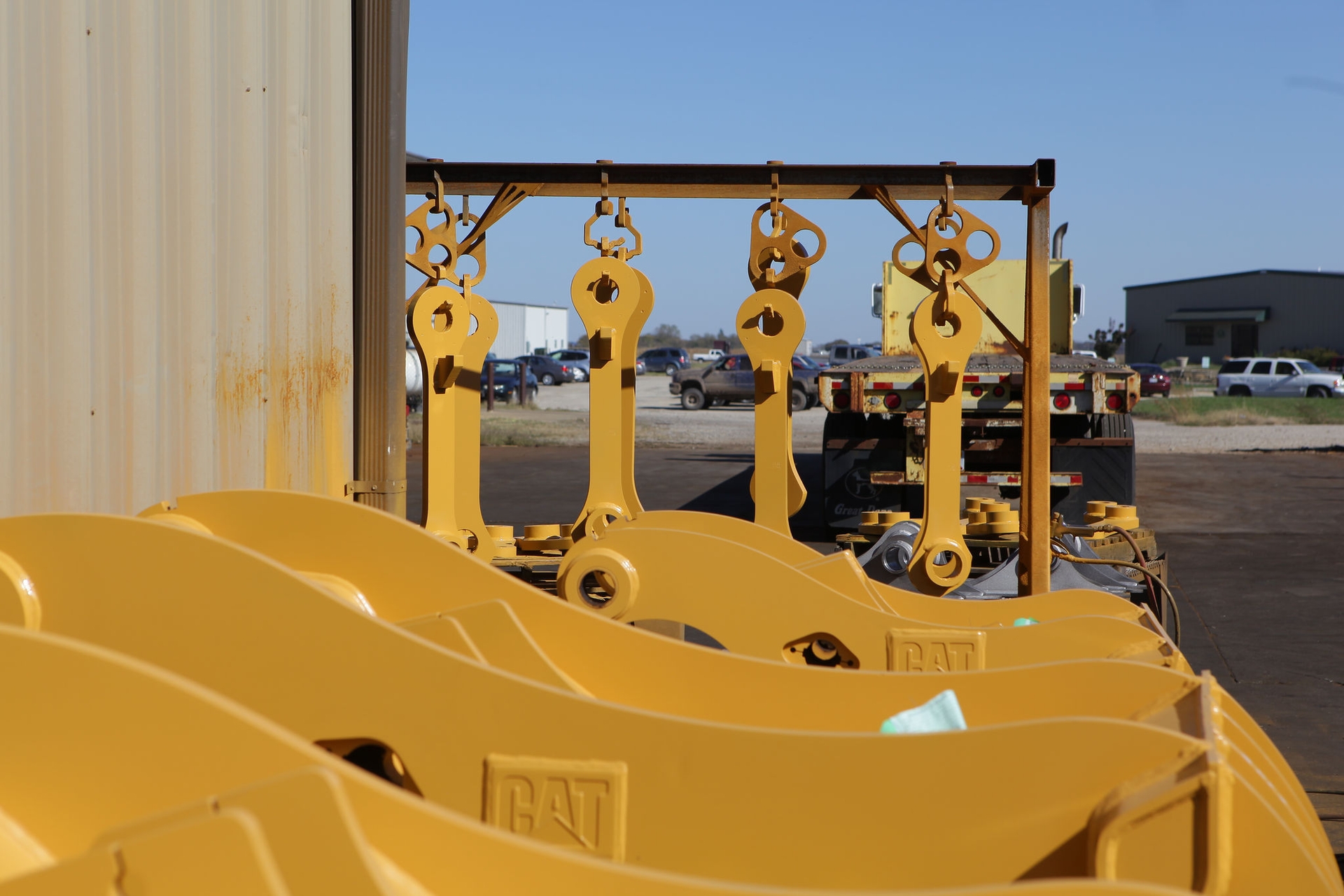

Most parts done on the VERSATECH V-140N involve long tool reaches and deep bores with numerous obstructions, and such features make it difficult to do the parts on conventional HMCs. “We once had an old manual horizontal boring mill, and got by with it,” said Routh. “But to maintain our competitiveness, cost-wise, we had to do better in terms of setup times and machine output.”
When it comes to increased output, the shop’s PALLETECH System with only the two Mazak HCN-6000s, according to Routh, eliminated the need for six older different brand HMCs at the shop. The automated system also significantly boosted the productivity of the shop’s existing workforce, so instead of six guys running one machine each, three of them now oversee the cell, while the other three are able to run other machines.
For fast and precise axis positioning, the HCN-6000s rapid traverse at 2,362 ipm per axis and accelerate/decelerate at 0.7 G, while smooth high-gain servo and high-power AC servomotors provide R-Tech with vibration-free, accurate axis movement. Two-pallet changing capability is standard with the machines, and the system is pre-engineered to seamlessly interface with the PALLETECH System.
“When it comes to lights out operations, tool life management software from Mazak has proven key to getting most unattended operation from our bridge mill and the HMCs in the FMS,” said Routh. One of the HCN 6000s has a 120-tool storage, while the other accommodate 180 tools. Few of the shop’s jobs allow for redundant tooling, so when running as many as eight to ten different part number jobs overnight, the cell can on occasionally run through all the tooling. But when the job mix is right, according to Routh, the cell easily runs all night.
Whenever possible, the shop will rough out parts overnight in the PALLETECH System, then finish them on its 5-axis INTEGREX i-200 and e-420H machines. Both machines combine the abilities of a high-powered turning center and full-function machining center to productively turn, mill, bore and drill, while offering 5-axis simultaneous machining. Each machine sports a main turning spindle and vertically mounted milling spindle with rotating B axis. All of which provides R-Tech with Mazak’s DONE IN ONE® processing capability for the shop’s more complex work, such as internal components for industrial pneumatic hammers.
These hammer parts involve extremely tight tolerances and a lot of metal removal. For example, a wear-sleeve component has bore diameter and cylindricity requirements that both must be held to within +/- 0.0004”. While with the shop’s weldments, material removal is minimal, but their sheer size presents the real challenge when it comes to machining.
With milling capability in its tool turret, the Mazak QUICK TURN 200M Turning Center gives R-Tech Multi-Tasking capability for its relatively smaller parts. For instance, the machine cuts a lot of the carrier components that mount to the hammer wear sleeves, and according to Routh, the somewhat smaller parts are equally as intricate and complex to machine as the sleeves themselves.
Routh started the shop with one NC lathe and an NC mill. The shop has since grown to its current three buildings, and his wife, daughter and three sons are now all involved with the business. The oldest son Josh handles purchasing and twin sons Jordon and Jacob are both machine shop foremen, while his daughter Chantel is the office manager and his wife Rachelle is part owner and vice president. The shop currently employs 60 people, and Routh expects that amount to grow by 10 or 15 in the very near future.
In addition to its heavy equipment work, R-Tech produces components for amusement park rides, power plants, railroad locomotives and rail cars as well as for architecture structures. Most of the shop’s work is with hot-rolled abrasion-resistant steel and large weldments.
Most parts start out as raw steel plates, that are burned, bent/formed, welded and machined, then painted. Other parts start as bar stock and some are castings that can weigh anywhere from 5,000 lbs to 40,000 lbs, and tolerances can be as tight as +/- 0.0004” on 2.500” diameter bores that are 12” deep.
“We try to stay in the medium-to-big part size/weldment range said Routh. “For us, medium parts are those that weigh 1,000 lbs or more, and the really large ones are those that can weigh upwards of 43,000 lbs. Such capacity and capability as that from our Mazaks gives us a niche, and one that most shops are unable to compete against. Plus, big part machining tends to stay on this side of the pond because of logistics costs. And that also works in our favor.”
